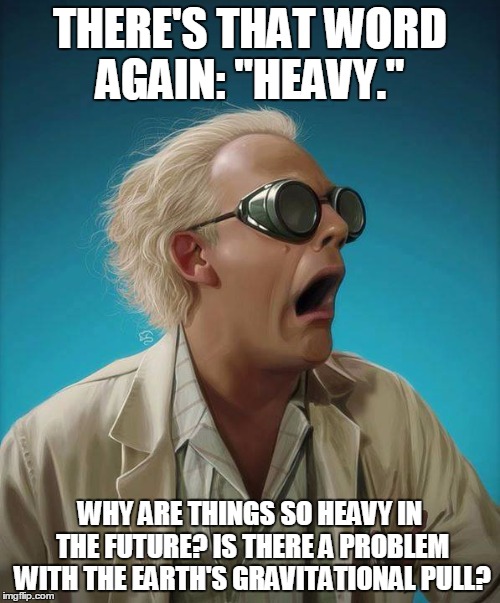This was her (my) record player. It looks like something out of 2001 - A Space Odyssey or some other Stanley Kubrick Movie.
I spent many hours as a kid listening to records. Pink Floyd - Dark Side of the Moon was on all-day, long-play. KC and the Sunshine Band, Neil Young, Creedence Clearwater Revival, Parliament Funkadelic, Simon and Garfunkel, The Beatles, and my own Star Wars and Black Hole 45" story books. In the summer I would visit my uncle, who had a jukebox full of 45s with a more disco flavor. My grandparents would listen to Bing Crosby, Lawrence Welk, Frank Sinatra and showtunes.
What's fascinating to me is that records are back as an industry. Vinyl Is Poised to Outsell CDs For the First Time Since 1986. You can self-publish a hundred copies of your own vinyl record for about $1500. Streaming is still King, vinyl is the Queen.
So what makes a record better than, say, a CD or an MP3?
It's not quality or perfection of the audio vs a CD. Records are scratchy, bumpy. Records can sound different depending on the needle or player. Records translate frequencies differently as you move through the grooves. As a record is pressed, each subsequent copy has different sound artifacts and pressing differences and may lose warmth. As the record plays, levels change. The ordering of songs matters.
From Furnace Record Pressing's web site:
"One good way to compensate for this degradation in quality is with the strategic ordering of your songs. You can maximize sound quality by placing your hottest, most dynamic tracks at the beginning of the album."
With all its imperfections, a record is designed for a good music listening experience. Excitement, catchy, fast tunes with peak highs and deep lows, leading into deeper, more mellow sounds as you head through the record. Movement and rotation of the turntable against a tiny stick communicating the meaning of the grooves to a pair of speakers. For good albums, each side ends too soon. For bad albums, you listen to the first or second song on each side and then put it back in the dust jacket.
A CD is a digital copy of the master, and if there's a scratch it doesn't distort the sound, it just won't play it. The sound engineer has produced something that is repeatable to produce or burn, without the limitations of a record pressing. However, it is not the true audio representation of what was in the sound reality at the time of creation. CDs may drop and compress elements of sound during the analog-to-digital encoding process where vinyl may retain the sound waves as they were intended, with imperfections as a bonus. MP3s are notorious for this, depending on the encoding and compression used.
I think what makes a record better than digital media is the reality of them. Records are warm, natural-sounding, and real. You can feel the sound textures of the room, the crackles in the throat of the singer, the sound of fingers on guitar strings. There are limitations to the creation of the media and its output on various record players requiring careful thought, planning, and timing to those who press a record.
Records are heavy. The heavier the record, the better. Or at least the cost of producing a heavier record adds other improvements to attract audiophiles.
I pulled out my album of The Beatles - Sgt. Peppers Lonely Hearts Club Band a few days ago and found a paper tag inside.
"Inspected by #26".
From the 60s! This is reality.
Examining a Vinyl Record
If I found a paper inspection tag in a CD, I would think nothing of it. A machine would have put that in, with some optical and digital sensors identifying imperfections in the media. This was hand-inspected by #26, during the vinyl pressing stage of album creation. It is a unique piece of art and not a true-clone commodity.
Analog vs. Digital. Reality vs. Virtual Reality. Records are the augmented audio reality of the 20th century. There is something special about discovering an album in a record or thrift store which has been last touched and perhaps played over 30 years ago, and finding the personalities of the owner, the artist, the sound engineer, the producer.
The art of an album is something else to explore. Each album jacket has its own personality, vibe, and smell. A large, almost poster-sized album cover, sometimes designed in mass by a creative artist without even listening to the record itself, sometimes intimately designed by the band or artist. Random inserts and liner notes in each album. Double albums with more room for creative content. Lyrics!
One of my favourite odd-ball picks of this year is from a band called The Ozark Mountain Daredevils, and an only-in-Canada greatest hits album called Nuclear Fishin'
"The band name was derived from "Cosmic Corn Cob & His Amazing Ozark Mountain Daredevils", a name that John Dillon came up with at a Kansas City "naming party" after the band was told that the name they had previously been using, "Family Tree", was already taken."
I bought for $2 just for the cover, the good tunes were a bonus.


:format(jpeg):mode_rgb():quality(90)/discogs-images/R-2087847-1263331994.jpeg.jpg)